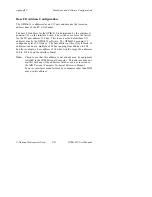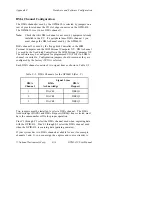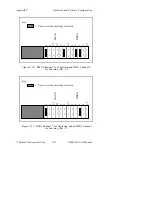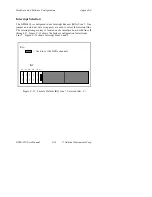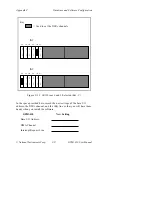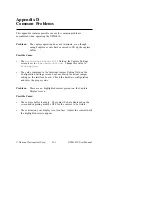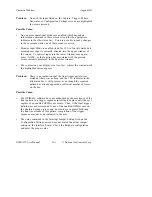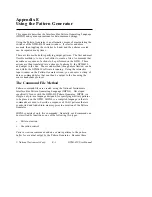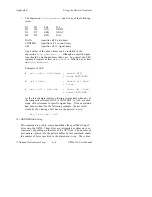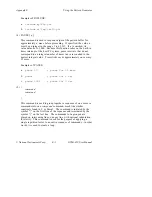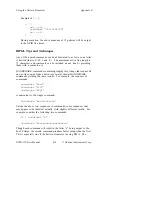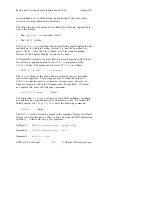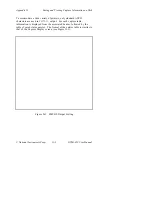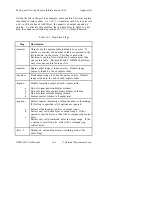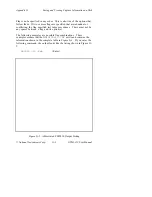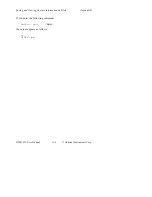
© National Instruments Corp.
E-1
GPIB-410 User Manual
Appendix E
Using the Pattern Generator
This appendix describes the Interface Bus Pattern Generating Language
(IBPGL) and syntax conventions for data/command strings.
Using the Pattern Generator is an alternative means of manipulating the
switches of the GPIB-410 Monitor window. It is faster and more
accurate than toggling the switches by hand, and the patterns created
can be repeated many times.
There are two methods for specifying output patterns. The first and most
flexible method is to use a text editor to create a file of commands that
describes a sequence of actions to be performed on the GPIB. These
actions are then translated into a stream of patterns by the GPIB-410
and output to the bus. The second method, though more limited, can be
used while the GPIB-410 software is running. Using the interactive
input window on the Pattern Generator screen, you can enter a string of
data or command bytes that can then be output to the bus using the
source handshake protocol.
The Command File Method
Pattern command files are created using the National Instruments
Interface Bus Pattern Generating Language (IBPGL). Developed
specifically for use with the GPIB-410 Pattern Generator, IBPGL is a
simple, easy-to-use language designed for specifying arbitrary patterns
to be placed on the GPIB. IBPGL is a compiled language in that its
commands are used to describe a sequence of 16-bit patterns that are
constructed and loaded into memory prior to execution of the Pattern
Generator.
IBPGL consists of only five commands. Generally, each command can
be classified by function as one of the following two types.
•
Pattern creation
•
Execution control
Pattern creation commands add one or more patterns to the pattern
buffer for eventual output by the Pattern Generator. Because these


